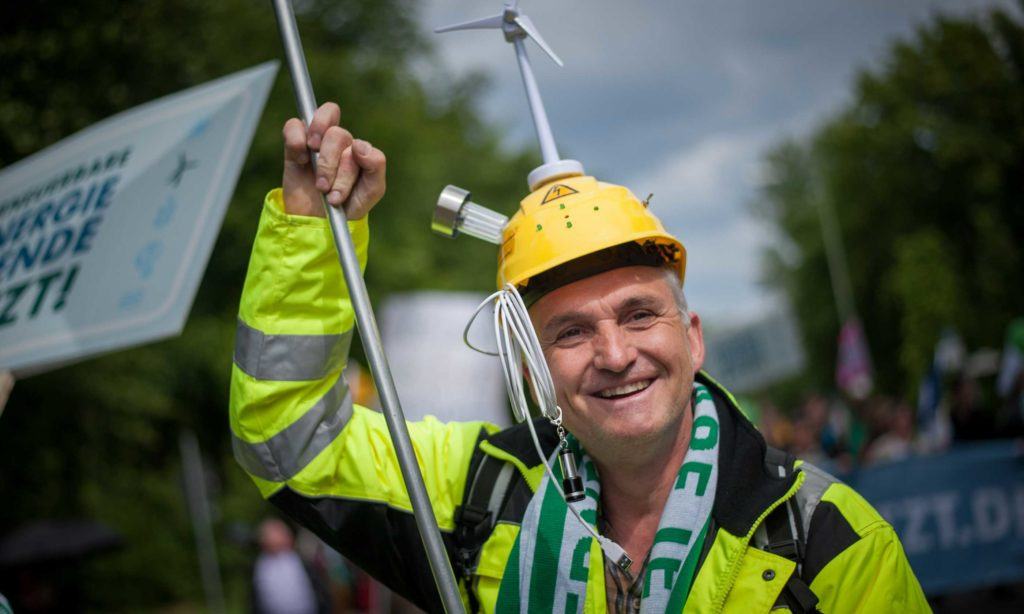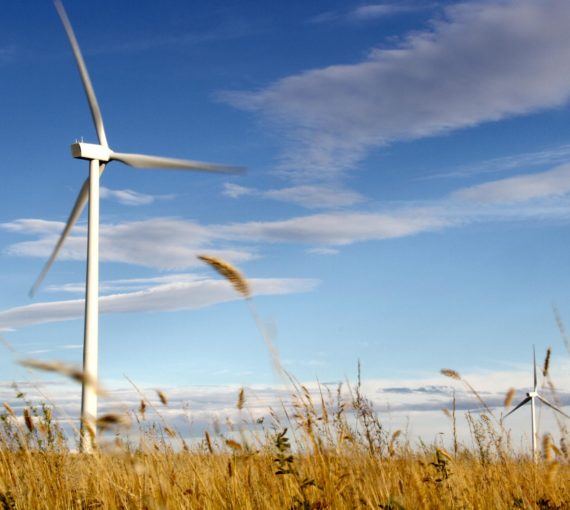“Did I hear correctly?”
Sitting in the office of Agora Energiewende, a Berlin-based energy think tank, I thought I heard its director, Patrick Graichen, say that from 1990 to 2014 Germany’s GDP expanded by about 40 per cent while its greenhouse gas emissions dropped 26 per cent.
“Yes, that is correct.”
Graichen didn’t seem especially impressed. He said from 1990 to 2000 the country enjoyed a “windfall” emissions drop simply by closing outdated and dirty East German factories. But I was astonished. One of the world’s great industrial powers grew its economy while reducing carbon output.
How has Germany done it?
During my recent study tour with academics, lawmakers and researchers in Berlin and Dusseldorf, I learned one big piece is the country’s robust renewable energy rollout. Camilla Bausch, director of the Ecologic Institute, said a few years back naysayers predicted renewables would have difficulty providing even 10 per cent of the nation’s power. Today renewables’ share of electricity consumption is about 28 per cent, targeted to hit 40 to 45 per cent in 2025.
Germany has built renewables through a series of policy directives designed to generalize benefits. Among the first was guaranteeing a fair price to renewable producers for 20 years and ensuring good access to the electricity grid. In 2000, policy-makers lowered administrative hurdles making it easier for private citizens, farmers and co-ops to become energy producers. By 2012, says an Agora research paper, nearly half (46.6 per cent) of renewable capacity was “citizen-owned projects”. This, combined with the fact there are three times more jobs in renewables (370,000 in 2013) than in the country’s vast pharmaceutical industry (110,006 in 2012) helps explain renewables’ popularity. When a technology provides direct payouts to many small investors (not just the big guys) and creates a lot of employment, it’s welcomed —especially if the jobs are a source of pride for the people who hold them. (The transition to renewables has, of course, resulted in some job loss in the nuclear and coal-power sectors, but a 2014 study commissioned by the German government found the energy transition will be responsible for a net increase of 18,000 jobs annually to the year 2020.)
Agora says the government has also been attuned to the issue of cost for consumers, focusing its attention on rolling out onshore wind and solar — among the least expensive renewable options.
No wonder 90 per cent of Germans said they supported the country’s goal of a low-carbon, renewables-based economy in a 2014 poll.
What can Canada learn from Germany?
If we want people to embrace renewables, we need to ensure everyone shares the benefits. That means:
- Offering (or in the case of Ontario, continuing to offer) government incentives like feed-in tariffs so lots of mom-and-pop investors, farmers, and co-ops can make money putting up solar panels and wind farms
- Giving folks who live next door to a renewable project some cash or community enhancement
- Ensuring industry jobs are created locally
- Reining in nuclear power which, in places like Ontario, hogs the electricity system and blocks renewables’ growth; (while Ontario is refurbishing nuclear plants, Germany is phasing them out by 2022)
Germany hasn’t solved everything. It still burns a good deal of coal and a phase-out could be decades away. But there is much Canada can learn. Above all, we need to see that promoting renewables entails spreading around their formidable benefits.
Our work
Always grounded in sound evidence, the David Suzuki Foundation empowers people to take action in their communities on the environmental challenges we collectively face.




